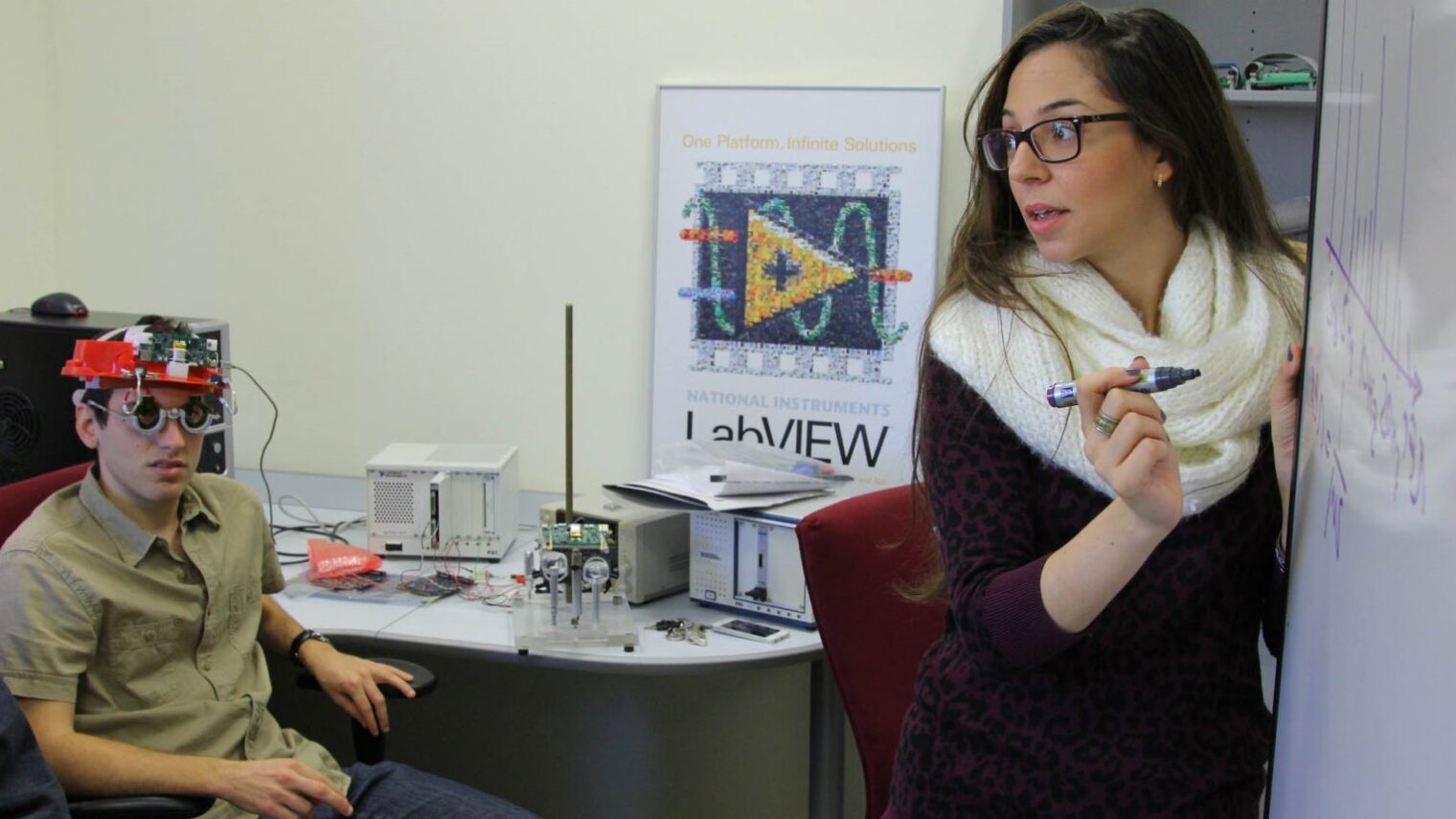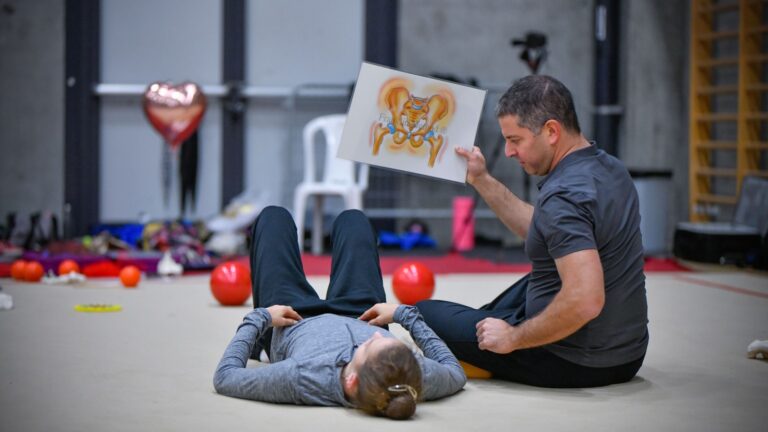What do your eyes say? An eyelid motion monitor (EMM) under advanced development at the Technion-Israel Institute of Technology in Haifa can diagnose certain diseases.
Not yet commercialized, the device – which attaches to standard refraction glasses used in eye exams — already has won several international awards and was ranked in the top 20 in the Texas Instruments Innovation Challenge – Europe Design Contest.
Over the past two years, a prototype of the device has been used in clinical trials at Emek Medical Center in Afula under the direction of Dr. Daniel Briscoe, ophthalmology department head.
The EMM was first developed by Technion Prof. Levi Schachter and doctoral student Adi Hanuka in the Technion’s Viterbi Faculty of Electrical Engineering. Hanuka began working on it as an undergraduate and continued development during her graduate studies with the help of a team of students.
“Eyelid motion provides us with meaningful information about the health of a patient,” explained Hanuka. “This motion can indicate not only eye diseases, but also neurological diseases such as Parkinson’s, and autoimmune diseases such as Grave’s.”
A full report about the project was published recently in Graefe’s Archive for Clinical and Experimental Ophthalmology.
The hardware-and-software system monitors and interprets eyelid movements based on the measurements of approximately 100 healthy subjects collected in order to define normal eyelid motion patterns (blinking speed and frequency). Eyelid motions were analyzed using a signal-processing algorithm written by students Tal Berkowitz, Michal Spector, Shir Laufer and Naama Pearl.
The team first examined blepharospasm dystonia, a disease characterized by involuntary contraction of the muscles responsible for closing the eyes. The researchers found a statistically significant quantitative relationship between a person’s eyelid pattern and the disease, which means that the device could be used to diagnose it.
The system was also used to examine the effect of Botox injections, the conventional treatment for the disease, and it was found that within 15 minutes contractions decrease and the blinking pattern begins to match that of healthy people.
The researchers are also gathering information about other groups, including patients with dementia and Parkinson’s disease.
“Along with designing the product for purposes of commercialization, we are working in several directions: developing the device as a platform for multidisciplinary research on various topics such as the effect of emotions on blinking patterns; eyelid communication amongst the paralyzed; and automatic diagnosis through machine learning and based on a computerized comparison between the specific monitoring and an extensive database,” said Hanuka.
According to the researchers, the device has the potential to diagnose every disease that is expressed neurologically, such as ptosis, thyroid eye disease, Parkinson’s disease, myasthenia gravis, and third and seventh cranial nerve palsy.

















